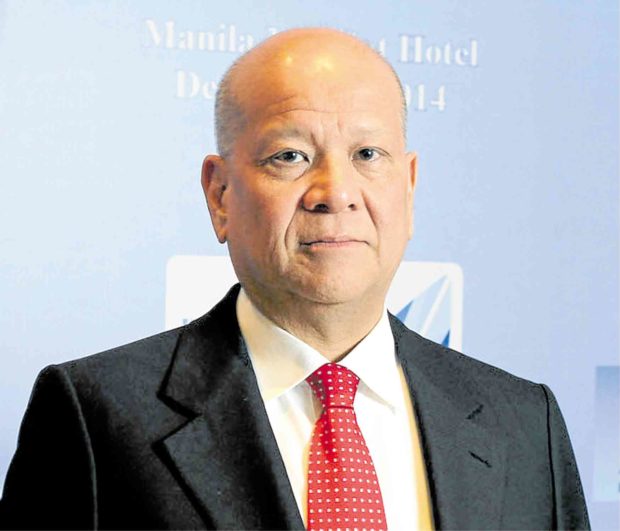
SMC president Ramon S. Ang has set up a charitable organization, called RSA Foundation
Business tycoon Ramon S. Ang has committed to build in Southern Luzon a state-of-the-art 500-bed hospital specializing in infectious disease research – the maiden project of his newly-created charitable arm RSA Foundation.
The hospital, which will rise on a three to five-hectare property in a still undisclosed location, is seen to help “future-proof” the Philippine society in the aftermath of the coronavirus (COVID19) pandemic.
“This pandemic has been an eye-opener for all of us. Our healthcare system needs to be strengthened. For this reason, we want to help build up our country’s capability to handle future pandemics and other health crises,” said Ang, president and controlling shareholder of conglomerate San Miguel Corp.
“We envision this hospital to be resilient and adaptable. It will operate efficiently, improve health services, and make health care more accessible and affordable to a greater number of Filipinos,” he said in a press statement on Saturday.
The health facility intends to provide care for ambulatory patients. It will be “sustainably-designed” to operate efficiently during a crisis, the tycoon said.
By focusing on treating ambulatory or outpatients, the hospital is expected to treat more patients from vulnerable or disadvantaged communities for sicknesses that typically won’t require hospitalization.
This facility will also be home to a research center that will provide support for government on public health concerns, specifically, infectious diseases.
The hospital will be funded by the tycoon outside of other charitable activities of San Miguel Foundation.
The planned hospital is part of Ang’s and SMC’s commitment to help revive the economy through crucial infrastructure projects that can immediately create jobs, stimulate economic activity, and in the long-term pave the way for an inclusive post-pandemic economic recovery.
Under Ang’s leadership, SMC has earmarked P500 million out of its over P13 billion COVID-19 response package in the form of donation to government and public and private hospitals. These funded the procurement of various medical-grade personal protective gear and life-saving, capacity-building medical equipment.